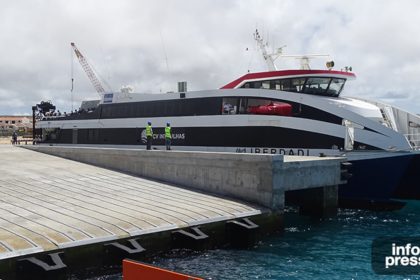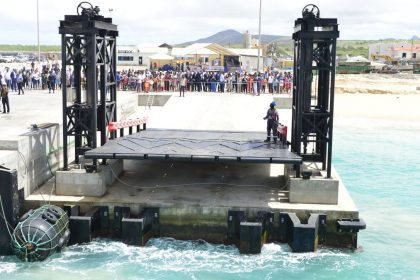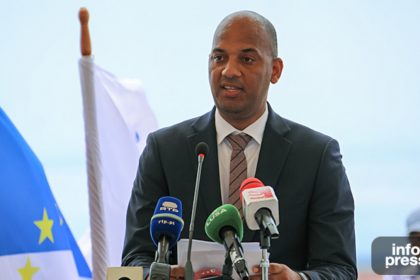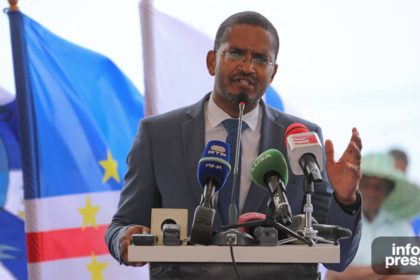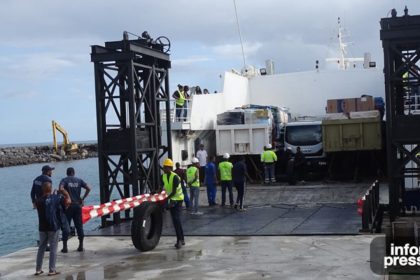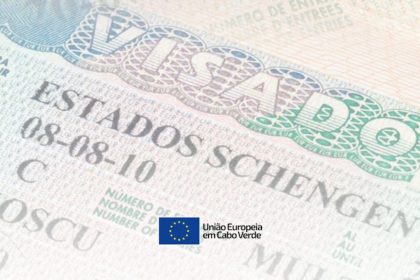A study carried out by the company PD Consult concluded that the population of the island of Maio could triple by 2030 if all the variables were met.
This fact, according to the study, will have an impact on all sectors of economic, social and environmental activity on the island.
The study begins by taking an X-ray of the current state of the island which, according to the 2010 census data used in its preparation, had about seven thousand inhabitants, with a small airfield and a port, connected with the country’s capital with two weekly air connections and three regular sea connections weekly, but without a regular and predictable public land transport service.
In terms of general infrastructure, at the time of the study, the island had a Health Center, a Police Station, an installed capacity of 3,027 kilowatts, in terms of energy coverage, and a capacity of 700 cubic meters of production of water per day.
In relation to sanitation, the island still did not have a sewer system and solid waste was collected by only one city council truck, however, in terms of communication, the island had good coverage, although the household connection in terms of optical fibre was not yet fluid.
With regard to tourist infrastructure, the study shows that the island has around 60 rooms and 80 beds, and three ZDTIs and a Vocational Training Center with a capacity for 120 trainees, which demonstrates some weaknesses, but “very potential to be explored”.
Therefore, if the variables materialize, such as the brief tourist recovery and the construction and completion of the “Little Africa Maio” project, the projection points out that by 2030 the island’s population will grow by around 26 thousand residents, added to the floating population of around 44,000 people, which will require the construction of an international airport, a port in the Pau Seco area and connectivity between the various services.
With the implementation of the “Little Africa Maio” project, the study points out that the island will need to be covered by 30 doctors and more than 50 nurses, which will also imply the reinforcement of public safety with a Police Squad with 130 staff and, in addition, it will involve investments in the energy and water production sector, which will increase from the current 700 cubic meters to eight thousand cubic meters per day, the same investment will have to be made in terms of sanitation.
With the dynamics expected for the island, the city council and institutions linked to the professional training sector will have to pay special attention to this area, as the study shows that by 2030, the island will need at least six thousand qualified professionals to respond to the demand.
The study also points out that if everything goes as planned, the island will host around 400,000 tourists a year by 2030, taking into account the number of rooms planned.
As an island that becomes part of the UNESCO Biosphere World Reserve, this will require from the institutions a concerted action and action, with a view to achieving the sustainable development of tourism on the island, but with special attention to the computerization sector with an emphasis on “Maio connect” and “Maio solidário”.
With all these assumptions, the island will need the opening of representation of some institutions such as IGAE, Cabo Verde Trade Invest and Instituto do Turismo.
However, if all the predicted variables do not materialize, as is the case of the slow tourist recovery and the delay in completing the LAM project, the island will lose its current population, with the departure of young people to other islands such as Sal and Boavista.
População da Ilha do Maio pode triplicar até 2030 – estudo, InforPress CV


